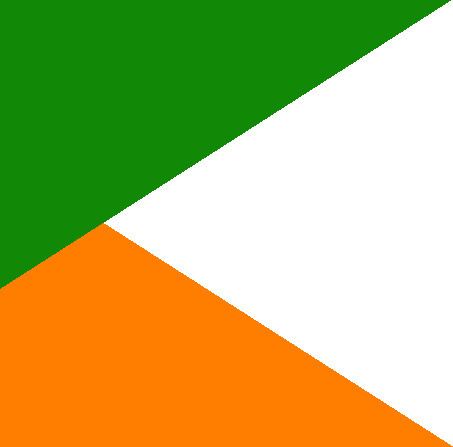1697–1948 → 1901 3,862 km (1,491 sq mi) | Established 1697 1901 137,268 | |
 | ||
Bhor state
Bhor State was one of the 9-gun salute Maratha princely states of British India.It was the only state belonging to the Poona Agency under the Bombay Presidency, which became later part of the Deccan States Agency. Along with Akkalkot State, Aundh State, Phaltan State, and Jath State, it was one of the Satara Jagirs.
Contents
Situated among the higher peaks of the Western Ghats, the state covered an area of 2,357 square kilometres, and had a population of 137,268 in 1901.
The town of Bhor, once the capital of the princely state, is located about 51 kilometres south of Pune, adjacent to Bhatghar Dam. The royal palace is still present. Also present in the vicinity is the temple of Bhoreshwar, dedicated to Lord Shiva. A temple dedicated to goddesses Janubai and Khiloba is located in Mhalawadi, a village close to the Bhatghar Dam.
History
The Jagir (feudatory estate), which was the forerunner of the state, was granted to Shankarji Narayan for his services as the Pantsachiv, one of the eight hereditary Maratha ministers, by Rajaram Chhatrapati in 1697. The jagir remained part of the Maratha empire until the 1818 when Peshwa rule came to an end. The jagir then became part of the shortly lived Satara state with an agreement signed with the British East India Company in 1820.
The rulers of Bhor were Hindus of the Deshastha Brahmin caste. They continued used the title "Pant( )sachiv", only later assuming the royal stye of Raja, and were entitled, under British rule, to a hereditary 9-gun salute. Raja Shrimant Sir Raghunathrao Shankarrao Babasaheb Pandit Pantsachiv, the last ruler of the state, signed the accession to the Indian Union on 8 March 1948.
Bajiprabhu Deshpande lived in Shind, which is 8 km from Bhor. Fort Raireshwar and Rohida fort are near Bhor.
Jagirdars/ rulers of Bhor
The line is nominally continued
